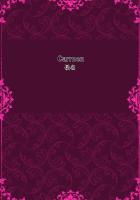But the idea of variation,without attending so accurately to the manner of the variation,has led him to consider angular figures as beautiful:these figures,it is true,vary greatly;yet they vary in a sudden and broken manner;and I do not find any natural object which is angular,and at the same time beautiful.Indeed few natural objects are entirely angular.But I think those which approach the most nearly to it are the ugliest.I must add too,that,so far as I could observe of nature,though the varied line is that alone in which complete beauty is found,yet there is no particular line which is always found in the most completely beautiful,and which is therefore beautiful in preference to all other lines.At least I never could observe it.
XVI
Delicacy An air of robustness and strength is very prejudicial to beauty.An appearance of delicacy,and even of fragility,is almost essential to it.Whoever examines the vegetable or animal creation will find this observation to be founded in nature.It is not the oak,the ash,or the elm,or any of the robust trees of the forest,which we consider as beautiful;they are awful and majestic;they inspire a sort of reverence.It is the delicate myrtle,it is the orange,it is the almond,it is the jasmine,it is the vine,which we look on as vegetable beauties.It is the flowery species,so remarkable for its weakness and momentary duration,that gives us the liveliest idea of beauty and elegance.
Among animals,the greyhound is more beautiful than the mastiff;and the delicacy of a gennet,a barb,or an Arabian horse,is much more amiable than the strength and stability of some horses of war or carriage.I need here say little of the fair ***,where I believe the point will be easily allowed me.The beauty of women is considerably owing to their weakness or delicacy,and is even enhanced by their timidity,a quality of mind analogous to it.
I would not here be understood to say,that weakness betraying very bad health has any share in beauty;but the ill effect of this is not because it is weakness,but because the ill state of health,which produces such weakness,alters the other conditions of beauty;the parts in such a case collapse;the bright color,the lumen purpureum juventae,is gone;and the fine variation is lost in wrinkles,sudden breaks,and right lines.
XVII
Beauty In Colour As to the colours usually found in beautiful bodies,it may be somewhat difficult to ascertain them,because,in the several parts of nature,there is an infinite variety.However,even in this variety,we may mark out something on which to settle.First,the colours of beautiful bodies must not be dusky or muddy,but clean and fair.Secondly,they must not be of the strongest kind.
Those which seem most appropriated to beauty,are the milder of every sort;
light greens;soft blues;weak whites;pink reds;and violets.Thirdly,if the colours be strong and vivid,they are always diversified,and the object is never of one strong colour;there are almost always such a number of them,(as in variegated flowers,)that the strength and glare of each is considerably abated.In a fine complexion,there is not only some variety in the colouring,but the colours:neither the red nor the white are strong and glaring.
Besides,they are mixed in such a manner,and with such gradations,that it is impossible to fix the bounds.On the same principle it is,that the dubious colour in the necks and tails of peacocks,and about the heads of drakes,is so very agreeable.In reality,the beauty both of shape and colouring are as nearly related,as we can well suppose it possible for things of such different natures to be.
XVIII
Recapitulation On the whole,the qualities of beauty,as they are merely sensible qualities,are the following:First,to be comparatively small.Secondly,to be smooth.
Thirdly,to have a variety in the direction of the parts;but,fourthly,to have those parts not angular,but melted as it were into each other.Fifthly,to be of a delicate frame,without any remarkable appearance of strength.Sixthly,to have its colours clear and bright,but not very strong and glaring.
Seventhly,or if it should have any glaring colour,to have it diversified with others.
These are,I believe,the properties on which beauty depends;properties that operate by nature,and are less liable to be altered by caprice,or confounded by a diversity of tastes,than any other.
XIX
The Physiognomy The physiognomy has a considerable share in beauty,especially in that of our own species.The manners give a certain determination to the countenance;which,being observed to correspond pretty regularly with them,is capable of joining the effect of certain agreeable qualities of the mind to those of the body.So that to form a finished human beauty,and to give it its full influence,the face must be expressive of such gentle and amiable qualities as correspond with the softness,smoothness,and delicacy of the outward form.
XX
The Eye I Have hitherto purposely omitted to speak of the eye,which has so great a share in the beauty of the animal creation,as it did not fall so easily under the foregoing heads,though in fact it is reducible to the same principles.
I think,then,that the beauty of the eye consists,first,in its clearness;
what coloured eye shall please most,depends a good deal on particular fancies;but none are pleased with an eye whose water (to use that term)is dull and muddy.1
We are pleased with the eye in this view,on the principle upon which we like diamonds,clear water,glass,and such like transparent substances.














